When winter hits, a snow blower is essential for keeping your driveway and walkways clear. But it’s frustrating when your snow blower won’t start just when you need it most. Fortunately, many common issues are easy to identify and resolve on your own. From stale fuel and clogged spark plugs to battery problems and carburetor issues, understanding the root causes can save you time and money. In some cases, replacing worn or damaged snow thrower parts can make all the difference in restoring the snow thrower's performance. In this guide, we’ll walk you through the top reasons your snow blower isn’t starting and provide simple, practical solutions to get it up and running again. Whether you’re a seasoned pro or a first-time user, these troubleshooting tips will help you stay prepared for whatever winter throws your way.
How a Snow Blower Engine Works and Why it Matters
Understanding how your snow blower engine works is essential for troubleshooting why it might not start. Most snow blowers use a small gasoline-powered internal combustion engine that operates in several key steps to generate the power needed for snow removal.
Starting the Engine: When you pull the starter cord or press the electric start button, the engine’s flywheel begins to spin rapidly.
Piston Movement: The piston inside the cylinder rises and falls as a result of the flywheel turning.
Air and Fuel Intake: As the piston moves, it creates suction that draws a precise mixture of air and fuel from the carburetor into the combustion chamber.
Compression: The piston compresses this fuel-air mixture inside the cylinder, preparing it for ignition.
Ignition: The spark plug delivers an electric spark that ignites the compressed fuel-air mixture, resulting in a controlled explosion.
Power Generation: The crankshaft rotates as a result of the piston being forced downward by this explosion.
Snow Clearing: The crankshaft’s motion powers the auger and impeller, which effectively clear snow from your driveway or walkway.
If any part of this sequence is interrupted, due to issues like stale fuel, a clogged carburetor, or a faulty spark plug, the engine may fail to start. You can find and rapidly resolve typical issues if you understand this approach.
Having trouble getting your snowblower to start? WholeToolBox has you covered with high-quality replacement parts like snow blower belts, spark plugs, and starter assemblies from top brands like Ryobi, Honda, and Kawasaki to get your machine running smoothly again.
Most Common Reasons Your Snow Blower Won’t Start
When your snowblower refuses to start, it’s usually due to one or more common snow thrower issues that are easy to troubleshoot. Knowing these common problems can save you time and frustration, especially during heavy snowfall when you need your machine the most.
Old or Stale Fuel: Gasoline degrades over time and can cause starting problems. If fuel has been sitting in your snow blower since last season, it may have turned stale, clogging the carburetor and preventing ignition.
Dirty or Faulty Spark Plug: The engine's fuel-air combination is ignited by the spark plug. If it’s dirty, worn, or damaged, the spark may be weak or nonexistent, stopping the engine from firing.
Clogged Carburetor: Dirt, debris, or old fuel can clog the carburetor, disrupting the fuel flow. This often leads to starting difficulties or poor engine performance.
Low or Dead Battery (for electric start models): If your snow blower uses an electric start, a weak or dead battery can prevent the engine from cranking.
Blocked Fuel Lines or Filters: Fuel lines or filters can get clogged with debris, stopping fuel from reaching the engine.
Frozen or Stuck Choke: If the choke is frozen or stuck in the wrong position, it can prevent the engine from getting the correct air-fuel mixture needed for starting.
Safety Switch Issues: Many snow blowers have safety switches that prevent the engine from starting if certain controls aren’t engaged properly. A faulty or misaligned switch can stop the engine from starting.
By systematically checking these common issues, you can often fix the problem yourself and get your snowblower up and running quickly.
Troubleshooting Your Snow Blower: Step-by-Step Diagnosis
Snow blower starting problems are common after storage or extreme weather. A quick, step-by-step check can save you time and hassle. Follow this simple guide to get your machine running smoothly again.
Step 1: Replace Old Fuel
Empty the tank and carburetor of any stale or outdated fuel. To guarantee optimal engine performance, refuel with brand-new gasoline combined with a fuel stabilizer.
Step 2: Clean the Spark Plug or Replace it
Examine the spark plug for damage, rust, or dirt after removing it. If it seems worn out, replace it or clean it with a wire brush.
Step 3: Clean the Carburetor
If the carburetor is clogged, use a carburetor cleaner to remove buildup. For severe blockages, remove and thoroughly clean the carburetor.
Step 4: Charge or Replace the Battery
Check the battery charge if your snow blower has an electric start. If the battery is weak or no longer holds a charge, recharge it or replace it.
Step 5: Adjust the Choke
Make sure the choke is fully closed when starting a cold engine. To ensure enough fuel flow, gently open the choke while the engine warms up.
Step 6: Clear Fuel Lines and Filters
Check for leaks, cracks, or obstructions in the fuel lines and filters. Replace clogged filters or damaged fuel lines to ensure proper fuel delivery.
Step 7: Test Safety Switches
Before beginning, make sure all safety switches are correctly engaged. Repair or replace any faulty switches that may prevent the engine from starting.
Check out this guide on troubleshooting and replacing leaf blower parts to learn how to identify issues and swap out faulty components for better performance and longer tool life.
Easy DIY Fixes for Snow Blower Starting Problems
When your snow blower won’t start, it’s often due to simple issues you can fix yourself. These easy DIY solutions will help you troubleshoot and get your machine running again fast.
Tools You Will Need
Before starting your snow blower troubleshooting, gather these basic tools:
Phillips and flathead screwdrivers
A set of socket wrenches
Wire brush
Carburetor cleaner spray
Spark plug wrench or socket
Voltmeter (for battery testing)
Lubricant spray (like WD-40)
Replacement parts (spark plugs, fuel lines, belts as needed)
Clean towels and a fuel drain container
Snow Blower Won’t Start
Problem: If your snow blower doesn’t start at all, it’s often due to fuel or ignition issues. This can be caused by stale gas or a faulty spark plug, preventing the engine from firing.
Fixes:
Drain the fuel tank and carburetor to remove stale gas. To avoid clogging, refill with brand-new gasoline that has been blended with fuel stabilizer.
Examine for corrosion or dirt after removing the spark plug. If it's worn out or broken, replace it or clean it with a wire brush.
Engine Starts but Stalls Quickly
Problem: When the engine starts but dies soon after, it usually means fuel isn’t flowing properly or the choke is misadjusted. Carburetor clogs and incorrect choke settings can cause this issue.
Fixes:
Spray carburetor cleaner into the carburetor throat to dissolve deposits. For severe clogs, remove and soak the carburetor for thorough cleaning.
Start with the choke fully closed when the engine is cold. Gradually open it as the engine warms for a proper fuel-air mixture.
Electric Start Won’t Crank
Problem: If the electric start fails to crank the engine, the battery or electrical connections might be the problem. A weak battery or corroded terminals can prevent the starter from working.
Fixes:
Test battery voltage using a voltmeter. If the battery is unable to retain a full charge, recharge it or replace it.
Disconnect battery cables and clean terminals with a wire brush to remove corrosion. Reattach securely for good electrical contact.
Engine Runs Rough or Hesitates
Problem: A rough-running engine or hesitation often indicates fuel delivery problems or spark plug issues. Poor engine performance might be caused by a fouled spark plug, dirty fuel lines, or clogged filters.
Fixes:
Inspect fuel lines for cracks or blockages and replace if needed. Replace clogged fuel filters to maintain fuel flow.
Clean deposits from the spark plug electrode, or replace the plug if fouled or worn out.
Snow Blower Won’t Move or Auger Won’t Turn
Problem: If your snow blower won’t move forward or the auger isn’t turning, it may be due to worn belts or safety switch problems. Broken drive belts or disengaged safety controls can stop movement.
Fixes:
Check drive belts for wear, cracks, or breaks, and replace any damaged belts.
Verify all safety switches are engaged and functioning properly. Repair or replace faulty switches.
Fuel Leaking or Gas Smell
Problem: Fuel leaks or strong gas odors usually indicate cracked fuel lines or a loose fuel cap. These issues not only waste fuel but can also be a fire hazard.
Fixes:
Inspect fuel lines for cracks or brittleness and replace as necessary.
If the gasoline cap is damaged or doesn't seal correctly, make sure it seals firmly and replace it.
Choke Won’t Move or Is Stuck
Problem: A stuck or unresponsive choke can make starting your snow blower very difficult. This usually happens due to rusted linkages or broken choke parts.
Fixes:
Apply lubricant to choke cables and linkages to free up movement.
Replace broken or corroded choke parts if lubrication doesn’t help.
When to Stop Troubleshooting Snow Blower and Call a Professional
Although many snow blower problems can be resolved with basic DIY fixes, there are situations where it's wiser to stop and call in a professional. Consider calling a professional if:
Persistent Engine Problems: You’ve tried basic fixes, but the snow blower still won’t start or run poorly, indicating possible complex engine problems or internal damage.
Advanced Electrical Issues: Electrical problems go beyond a dead battery, such as wiring faults or starter motor failures that require expert diagnosis.
Lack of Experience or Tools: You feel uncomfortable working with fuel systems or don’t have the proper tools and experience to safely handle repairs.
Risk of Further Damage: The problem involves intricate parts or repairs that could cause more damage if done incorrectly.
Safety Concerns: You want to avoid potential injury or costly mistakes by handling complex repairs yourself.
By seeking professional assistance, you can save time and stress by ensuring that your snow blower is fixed accurately and quickly. When in doubt, prioritizing safety and expert service is always the best choice.
Maintenance Tips to Keep Your Snow Blower Starting Every Time
To guarantee that your snow blower starts properly each season, proper maintenance is essential. Regular care not only extends the life of your machine but also prevents frustrating breakdowns when you need it most. Follow these maintenance tips:
Use Stabilized Fuel: Always use fresh gasoline mixed with a fuel stabilizer to keep your engine running smoothly. Drain the fuel tank completely at season’s end to prevent stale gas buildup.
Maintain the Spark Plug: Every year, check the spark plug and replace or clean it if necessary. A good spark plug ensures easier starts and smoother engine performance.
Check and Replace the Air Filter: Regularly check the air filter for dirt that can restrict airflow. To maintain the efficiency of your engine, clean it or replace it as necessary.
Inspect Fuel Lines: Before every usage, check fuel lines for leaks, brittleness, or cracks. Replace damaged lines promptly to avoid fuel leaks and ensure safety.
Lubricate Moving Parts: Apply lubricant to the auger, chute controls, and moving parts to prevent rust and reduce friction. The smooth operation of your snow blower is maintained by proper lubrication.
Perform Pre-Season Inspections: Tighten loose bolts, check belts for wear, and test safety switches before winter. This helps catch problems early and ensures reliable operation.
Run the Snow Blower Before Use: Start and run the snow blower for a few minutes before heavy snowfall. This confirms it’s working properly and prevents surprises during snow clearing.
By following these simple maintenance steps, you’ll reduce unexpected issues and keep your snow blower reliable year after year.
Check out this article on Snow blower maintenance to learn how to keep your machine running smoothly all winter.
Staying on top of snow blower issues before they escalate is the key to keeping your machine reliable throughout the winter. If your snow blower will start but won’t stay running, identifying the cause early can prevent bigger problems. After working through the common causes and fixes, you should now be better equipped to handle those frustrating no-start situations with confidence. Whether the problem was a simple maintenance oversight or a more stubborn mechanical fault, addressing it early helps you avoid downtime when you need your blower most. With a bit of regular care and smart troubleshooting, your snow blower will continue to perform when winter is at its worst. And remember, keeping a few essential tools on hand and performing seasonal checks can make all the difference. A little preparation now can save you a lot of effort when the next snowstorm hits.
FAQs
How do you know if you flooded your snowblower?
If you smell strong fuel, the engine won’t start, and the spark plug is wet, it’s likely flooded. Let it sit 15–30 minutes, then restart without using the choke.
How to fix a snowblower that won't start?
Check for fresh fuel, clean or replace the spark plug, and inspect the air filter. Make sure the choke and throttle are correctly set before trying again.
How much does a snowblower tune-up cost?
A typical tune-up runs $60–$120, depending on your area. It usually includes an oil change, spark plug replacement, and carburetor cleaning.
Why won’t my snow blower start?
Your snow blower may not start due to old or stale fuel, a dirty or clogged carburetor, a worn-out spark plug, or incorrect choke and throttle settings. Performing basic maintenance like replacing fuel, cleaning the carburetor, and checking the spark plug often restores proper function.

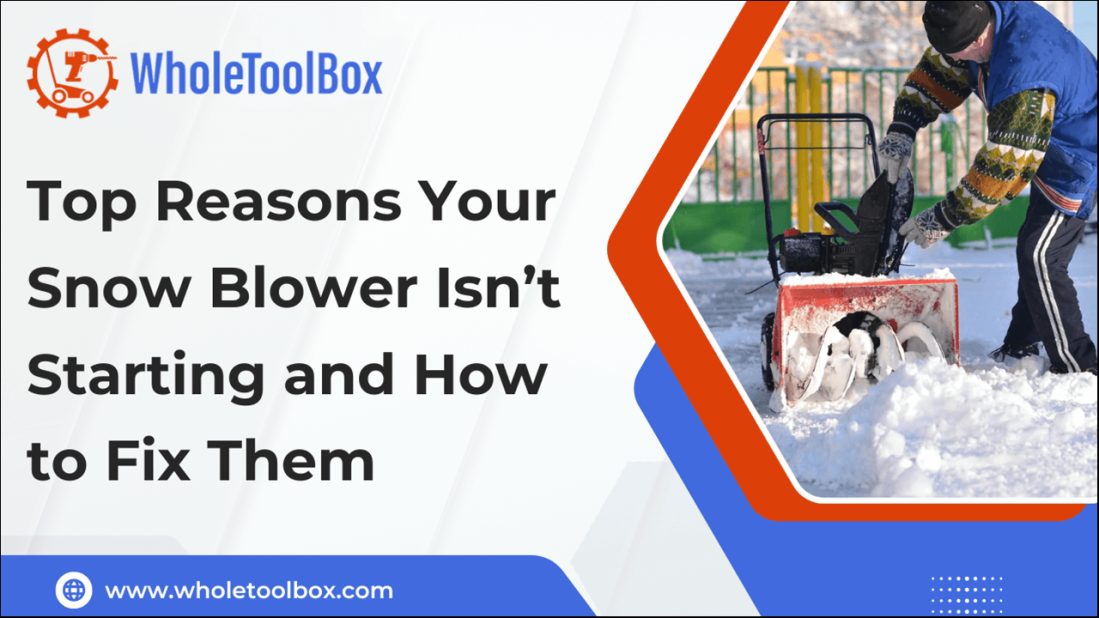


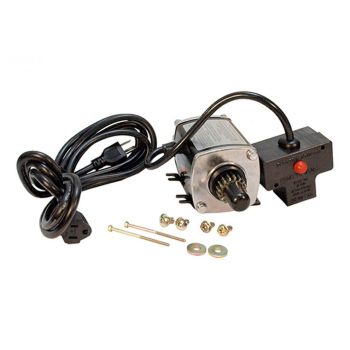
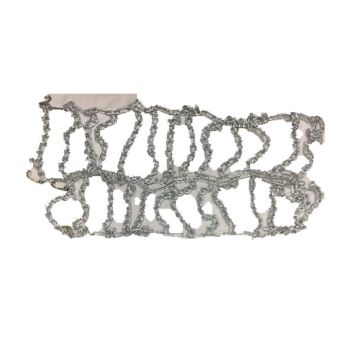
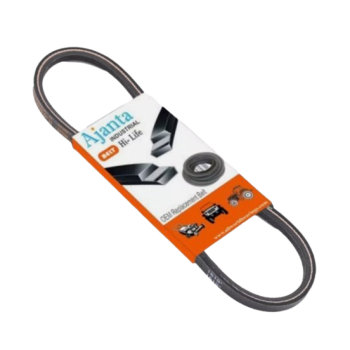


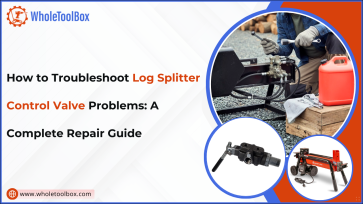
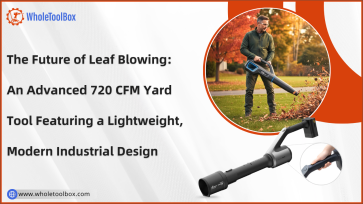



Validate your login